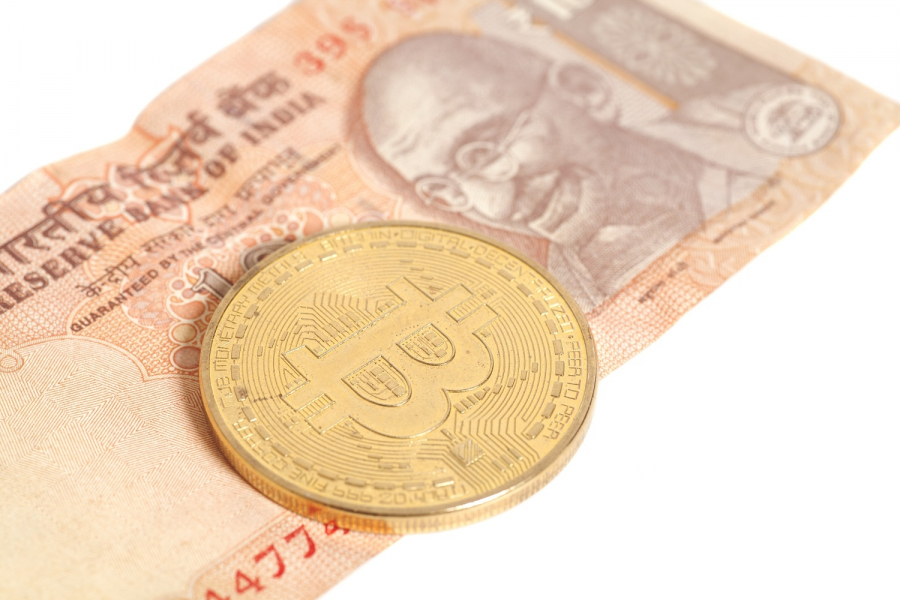For the Bitcoin users the beginning of the year has felt like a virtual roller coaster ride. On the January 2nd, Bitcoin reached $1,000. The behavior of the Bitcoin exchange rate reflected the analysts' expectations. At the beginning of the year they predicted a sharp rise in the price of the cryptocurrency. However, this is just the beginning. It is expected that Bitcoin may reach a value of more than $3,000!
Bitcoin has already hit the $1,000 twice: once in November of 2013 with a record value of more than $1,200. Since then, its price has oscillated in the range between $200 and $400. In the past year, the Bitcoin exchange rate has increased by over 100%: from over $400 to more than $900 at the end of the year.
There were many events and macroeconomic factors that affected the Bitcoin value increase.
Bitcoin is Better than Currency - due to the economic problems in Venezuela (e.g. hyperinflation, mass unemployment and the spreading poverty) there is an increased interest in alternative currencies.
In India, the demonetization of all 500 and 1000 rupee notes resulted in financial chaos. The reform was to reduce corruption and end the shadow economy. As a result of said reform and the introduction of limits on withdrawing cash from ATMs (two 500 notes a day) there was an increase of interest in cashless payments. Indian Prime Minister, Narendra Modi, encourages citizens to use digital currencies in order to reduce the negative effects of the removal of the rupee notes from circulation.

The economic and political situation in China has also had an impact on the price of the cryptocurrency as many companies related to digital currencies have their headquarters there. 90% of Bitcoin trade comes from China. On the January 11th, the price of Bitcoin dropped by over 20%. At about 8 a.m. the value of the cryptocurrency was at $900 and currently it amounts to about $800 (as of 1/12/2017). This sharp decline resulted from the decision of the People's Bank of China (PBC) to launch an investigation by monitoring the transactions carried out with the use of Bitcoin. This applies to platforms such as BTCC, Huobi and OKCoin. Due to its high guarantee of anonymity of the parties, Bitcoin could be used for market manipulation and money laundering. The Chinese law imposes an annual limit regarding the exchange of yuan into other currencies. The decision of PBC was motivated by the concern about the yuan exchange rate as Bitcoin may be one of the tools used to manipulate the exchange rate of the Chinese currency.
Donald Trump's presidency raises a lot of controversy, but analysts from Saxo Brank forecast that Trump's economic plan will contribute to growth in price of the cryptocurrency. The $1 trillion infrastructure plan can lead to a rapid strengthening of dollar, which would have adverse effect on emerging markets, usually dependent on the US economy. It is possible that alternative currencies will become a necessity for emerging markets.

At the end of last year many cryptocurrency market analysts predicted a sharp increase of the price of Bitcoin. The most extreme forecast came from Daniel Masters, co-founder of a bitcoin hedge fund, who said that the price of bitcoin could rise to $4, 400 by the end of 2017!
In the coming years the cryptocurrency and blockchain technology will be adopted in many sectors, such as finance and big data. The blockchain technology will facilitate transactions as there will be no need for the third party to identify the transaction parties. Blackchain may also be useful in managing large data resources. The cryptocurrency technology will contribute to the increase in the security guarantees, as well as in the control over the access to the data.
The cryptocurrency revolution is currently ongoing - the future belongs to the blockchain technology.














